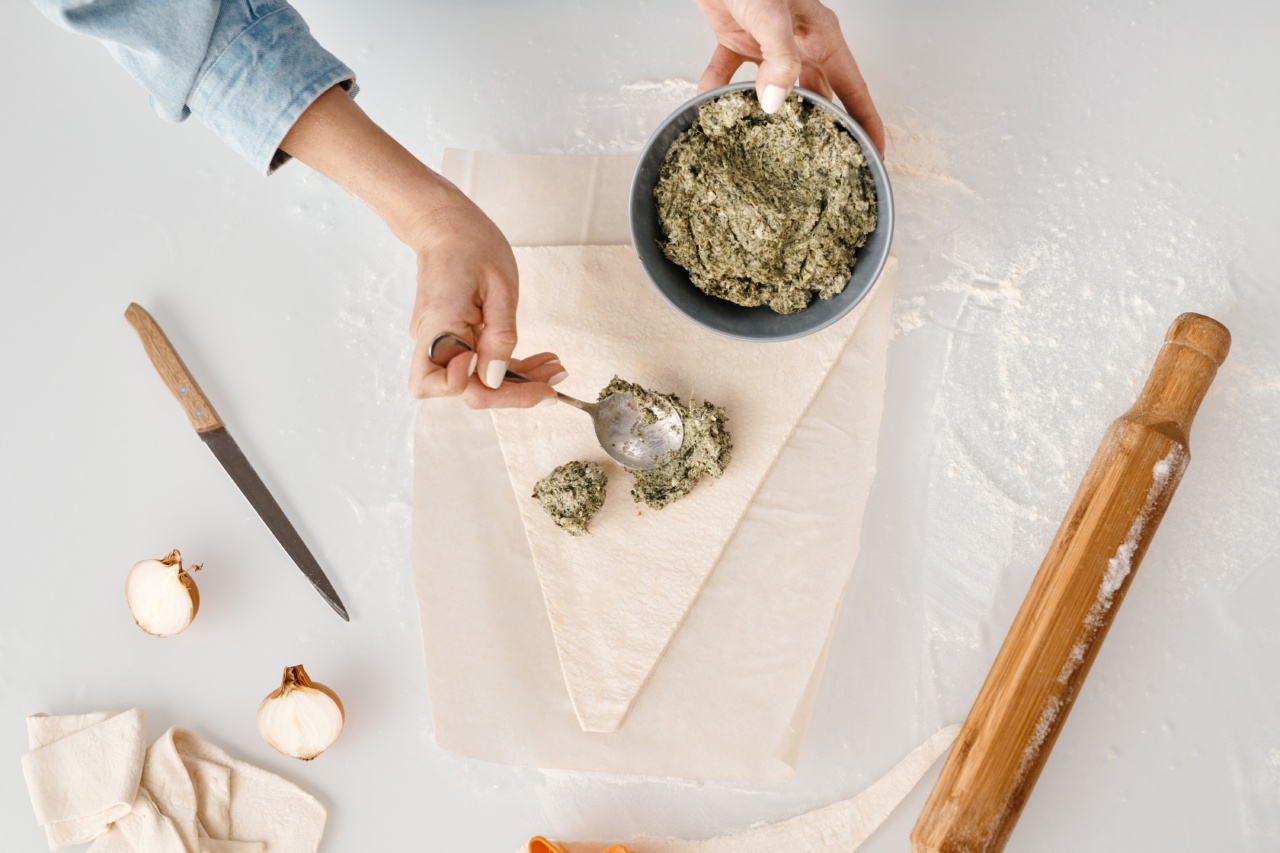Mold is a type of fungus that grows on various surfaces, including bread. It is a common occurrence and usually does not cause any harm. However, if mold is left to grow for an extended period, it can pose risks to human health.
What is mold?
Mold is a type of fungus that grows on organic matter, such as food, plants, and wood. Mold spores are present almost everywhere, but they only grow and reproduce in the presence of moisture.
Why does mold grow on bread?
Bread provides an ideal environment for mold growth since it is moist and contains a lot of nutrients. This makes it easy for mold spores to grow and reproduce on bread surfaces.
Types of mold:
There are many different types of mold that can grow on bread. Some of the most common types of bread mold are Aspergillus, Penicillium, Rhizopus, and Fusarium. Each type of mold can have different effects on human health.
What are the risks of eating moldy bread?
Eating moldy bread can have harmful effects on human health. Some of the most common effects of eating moldy bread include food poisoning, nausea, vomiting, and diarrhea.
In severe cases, eating moldy bread can lead to serious health conditions such as liver and kidney damage and respiratory problems.
How to prevent mold growth on bread?
To prevent mold growth on bread, it is essential to store it correctly. Bread should be stored in a cool and dry place and kept away from moisture. If you notice any mold growing on bread, throw it away immediately to prevent any further contamination.
What to do if you accidentally eat moldy bread?
If you accidentally eat moldy bread, it is essential to monitor your symptoms and seek medical attention if you experience any adverse effects.
Depending on the type of mold you ingested, you may need medical treatment to prevent any serious health problems.
How to identify mold on bread?
Mold on bread appears as fuzzy, green, white, or black spots on the surface of the bread. If you notice any mold on bread, be sure to discard the entire loaf to prevent any further contamination.
Conclusion:
Although mold on bread may seem harmless, it can pose risks to human health if left to grow for an extended period.
To prevent any health problems, it is essential to store bread in a dry and cool place and to discard any bread with visible mold growth.































